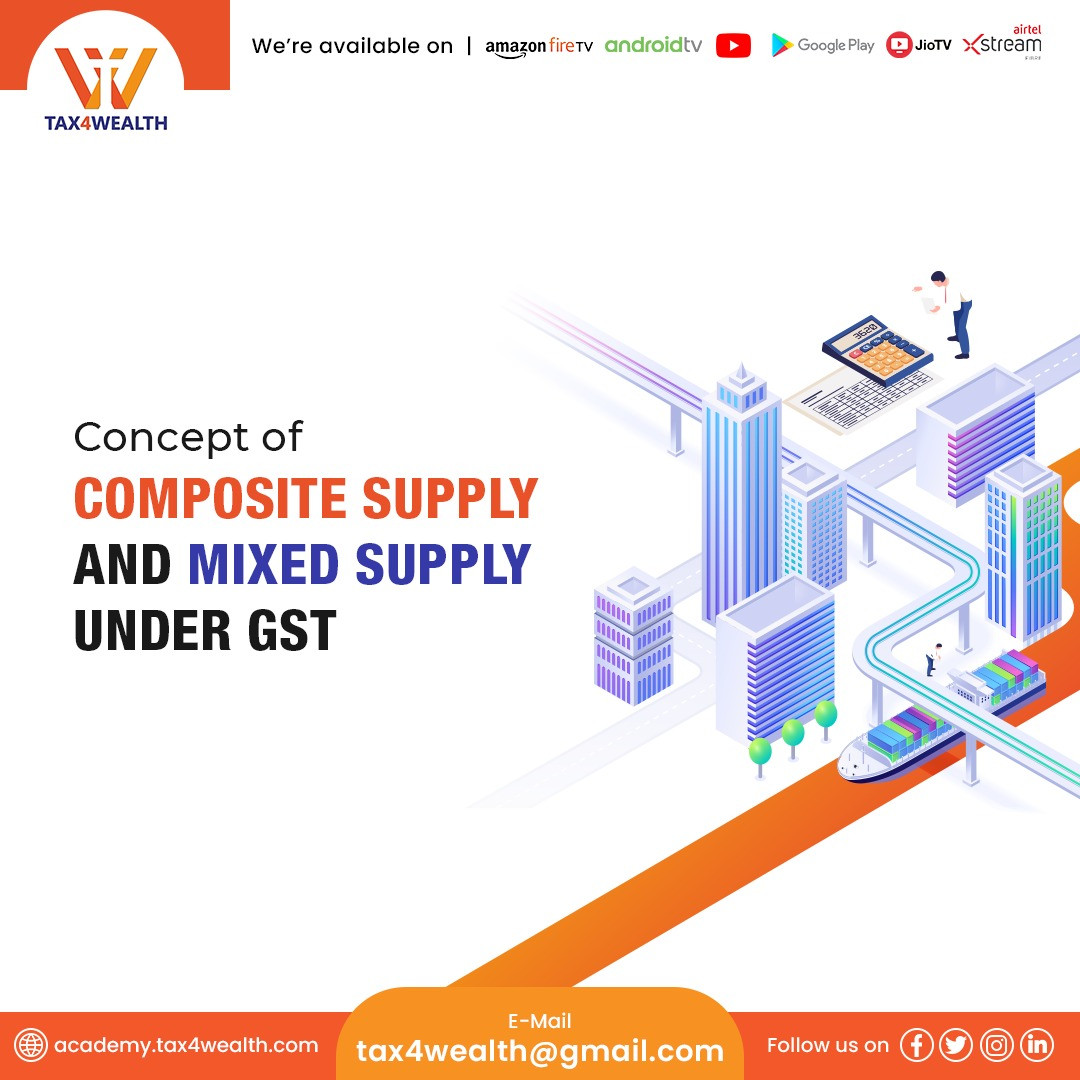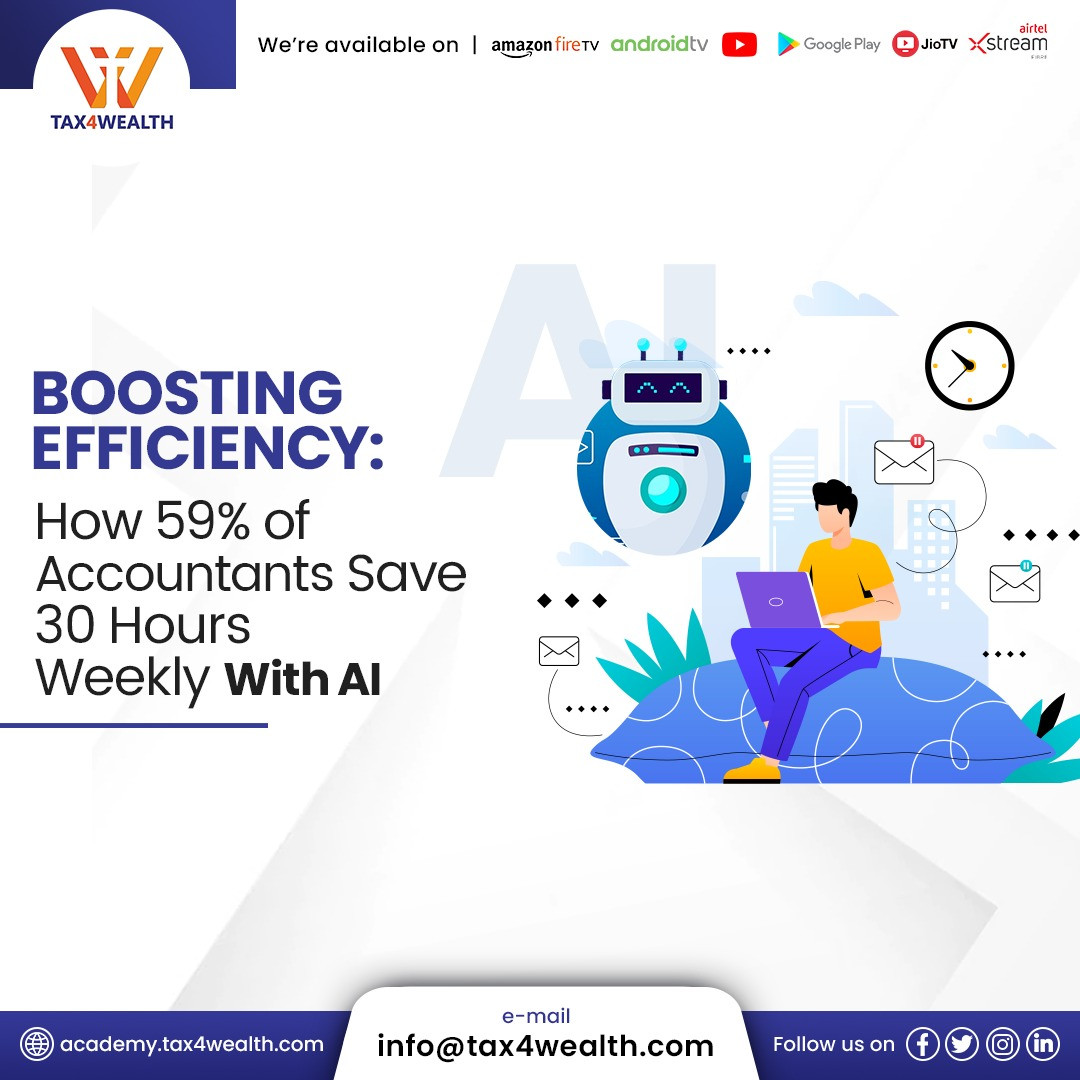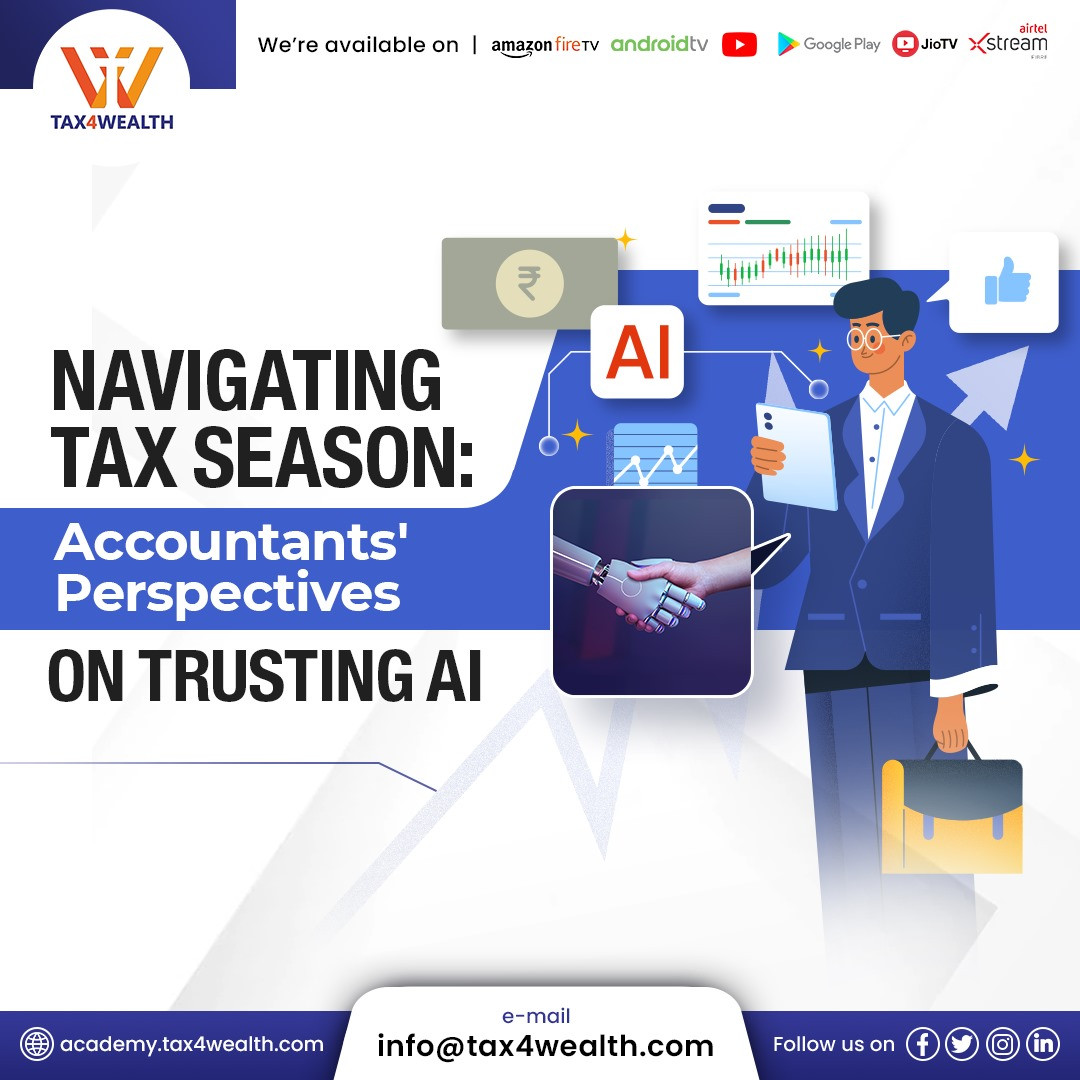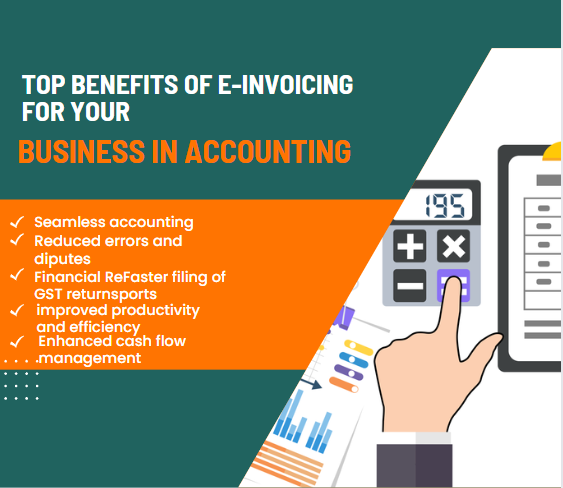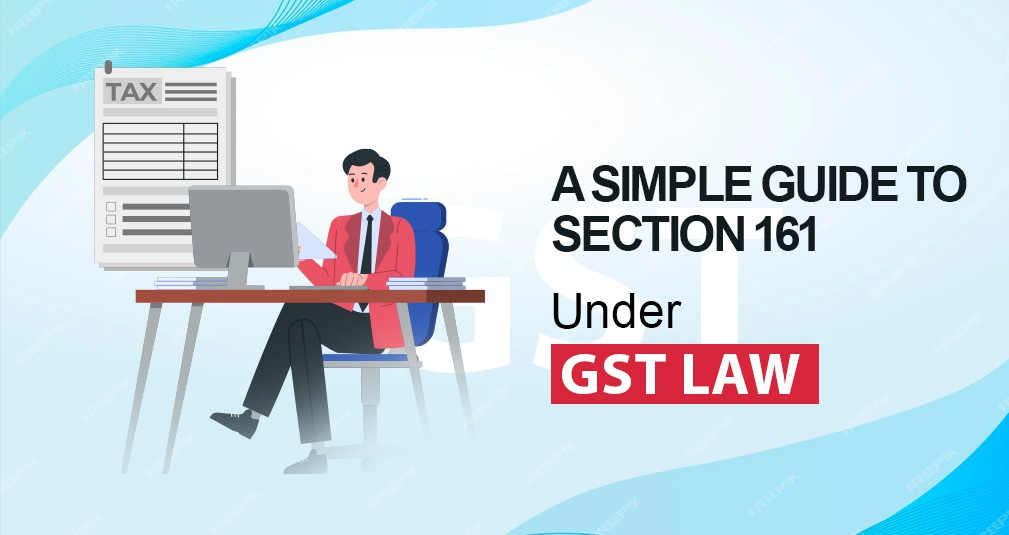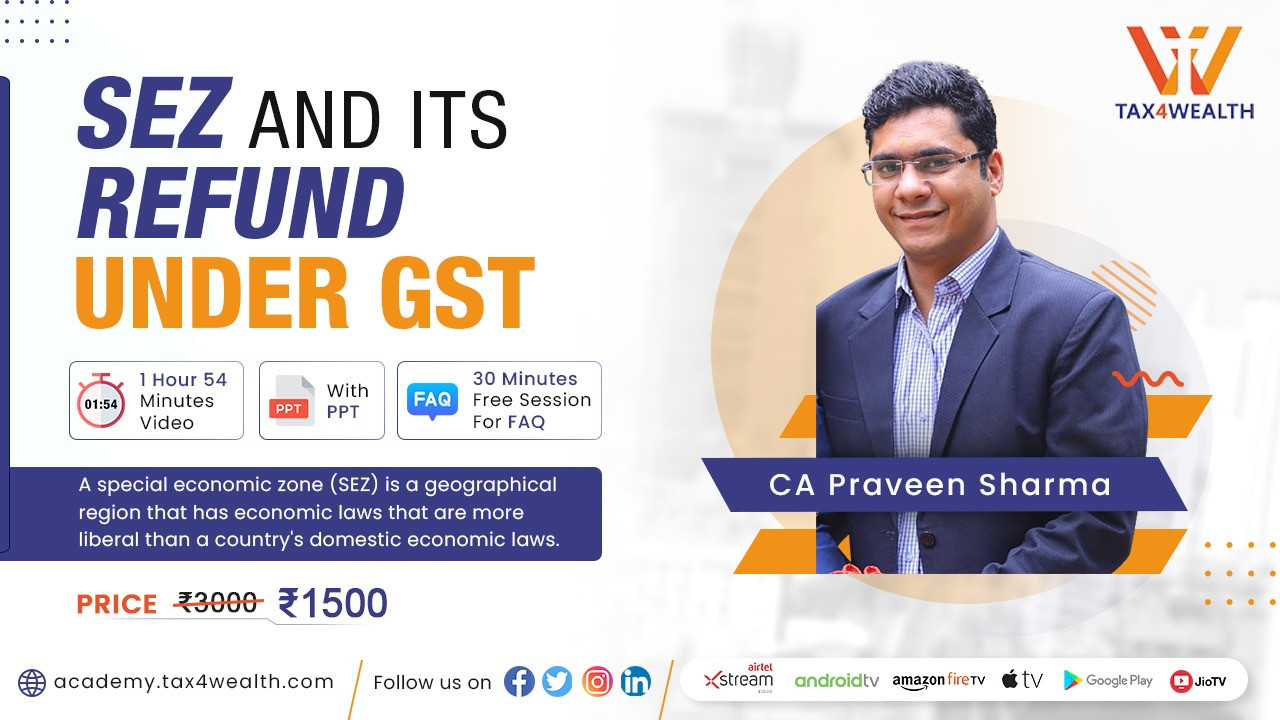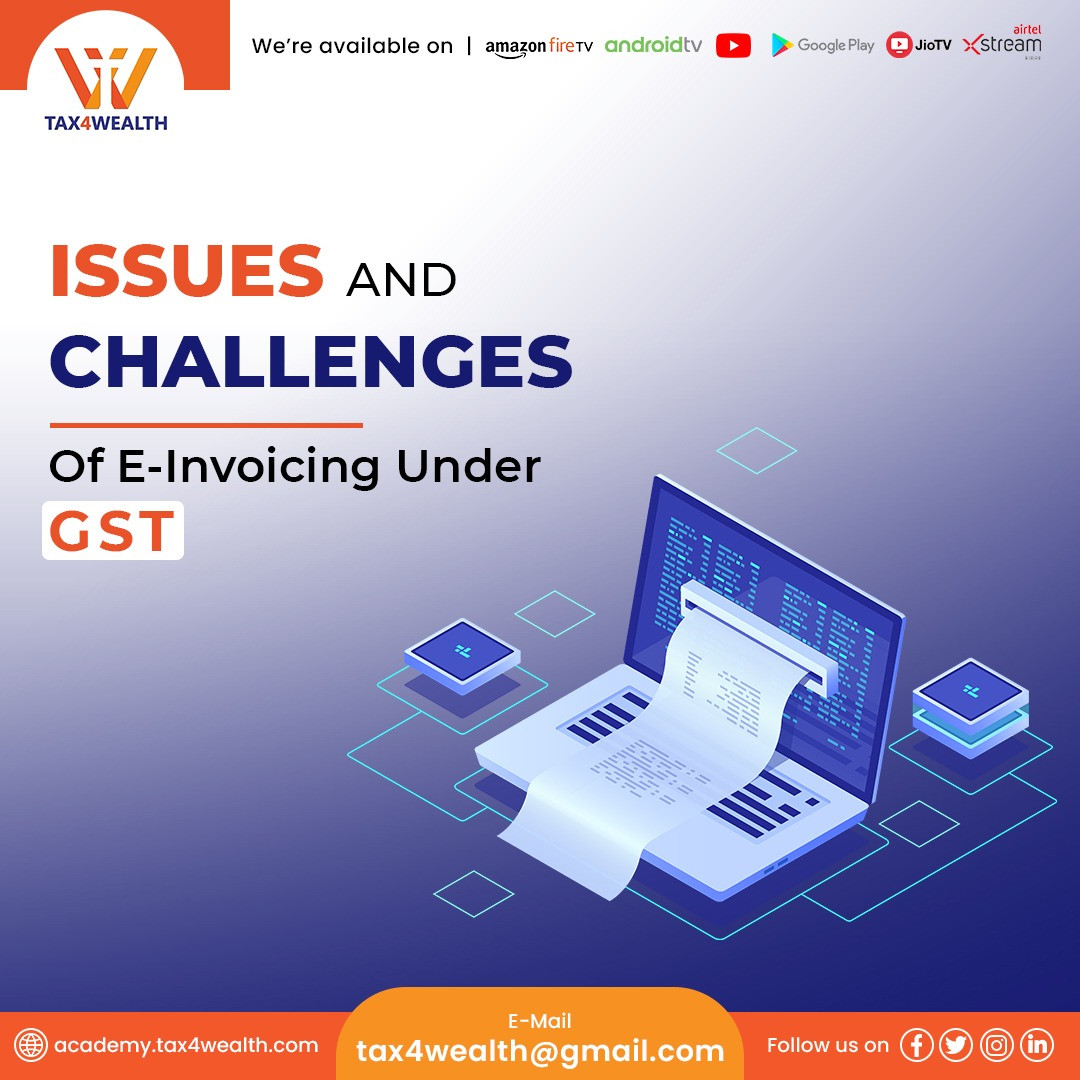
Issues and Challenges of E-Invoicing Under GST
Under GST, the e-invoicing system can be known as the digital Invoice of sorts. GST invoices are generated for goods and services provided by enterprises and businesses at the GST portal according to guidelines provided by the Government of India. For the purpose of reducing Tax Evasion practices under GST, the e-invoicing policy was adopted.
The reasoning behind introducing such a step was to make businesses follow a system where they can easily access the details of GST. Considering the same, the government made it mandatory for every business registered under GST must generate an e-invoice for sales made by them on the GST portal. However, the said system of e-invoices does not apply to businesses that have not exceeded the threshold limit of the annual revenue as prescribed by the government.
The implementation of e-invoicing in GST was suggested at the 39th GST Council meeting and the said scheme was applied with specific QR codes effective from 1st October 2020 during the coronavirus pandemic.
Ultimately, the government launched the trial version of GST e-invoicing. This is one of the famous and convenient mechanisms of invoicing as suggested by the GST Council. The system of GST e-invoicing will provide the categories where the taxpayer can access and fill the invoice as per the turnover and conditions. The GST provisions provide that a taxpayer whose turnover is exceeding 500 Crore or more has to fill out the GST e-invoice through the GST portal.
What are the benefits of e-invoicing under GST?
The following are the advantages of having e-invoicing introduced under the GST;
- In the case of B2B businesses, invoices are made to eliminate the need for bill reports in more than one format. This helps to reduce the probability of omissions and errors.
- An accurate and complete record can be maintained about the total sales and purchases of goods or services of an enterprise and considering the same the return for GST can be filled under the GST portal automatically.
- E-Way Bills can be created with the help of details mentioned in the e-invoice.
- The chances of settling the data between the books of accounts and GST returns filed.
- The creation of an actual time invoice from the starting point of the entry on the part of the supplier can lead to the fastening of the process of Input Tax Credit on the part of the recipient. Ultimately, this will lead to maintaining accurate and faster availability of credit.
- The information provided on the GST portal is auto-loaded which helps to file the compliance documents easily for the taxpayer.
- There will be a reduction in tax evasion and it will show only real-time entries.
What are some of the Challenges regarding it?
It is undoubtedly a good decision to adopt a new system for indirect tax, however, some challenges need to be acknowledged too. In a country like India, GST is just a starting process but to some extent, the country has grown significantly due to large internet coverage all across the country. Still, the country is facing a lack of infrastructure.
Large-scale businesses that have already adopted automatic e-waybills for tax invoice creation have to make amendments in the process of invoice generation. The GST guidelines state that businesses must adopt the system with the IPR portal and not the e-waybill portal for IRN generation. Apart from those changes must be made to the software and databases.
The taxpayers who have adopted an automatic e-waybill scheme have to contact OEM for software configuration.
Potential stakeholders must be provided training for the new changes made in e-invoicing and considering the same accuracy and proper will be allocated to the IT department. If there is an effect on the working capital then a proper arrangement has to be made.
The accounting software and manual account bills required to be revamped which is a complex and time-consuming task. The sector of MSMEs suffers from a shortage of manpower. Thus, it is not easy for MSMEs to hire a qualified professional with good knowledge of e-invoicing.
The investment in manpower may also be costly. However, the help of trusted software including ERPs for goodwill and distribution management owned by MSMEs can be helpful to eliminate the issue.
Which sectors are exempted from the e-invoicing concept?
The concept of e-invoicing under GST was introduced last year and it was effective from 1 January 2020. Businesses whose annual turnover is Rs. 500 crores or more have to adopt the e-invoicing process. The GST Council decided to implement the e-invoicing and QR codes effective from 1st October 2020. However, some sectors are exempted to adopt the e-invoicing process that includes banking, insurance, Financial Corporations, Transport services in respect of passengers, financial institutions, GTA, Non-Banking, etc.
Common Challenges and Issues under GST:
- Sorting of B2B and B2C Invoice
- Cancellation and Amendment of e-invoice:
- An Alternate Arrangement for Data Storage:
- No Bulk Generation of E-Invoice:
- Implementation Issues:
- Non-Applicability B2C Transactions
- Unanswered Questions:
Related News
No comments yet, Be the first to comment.




